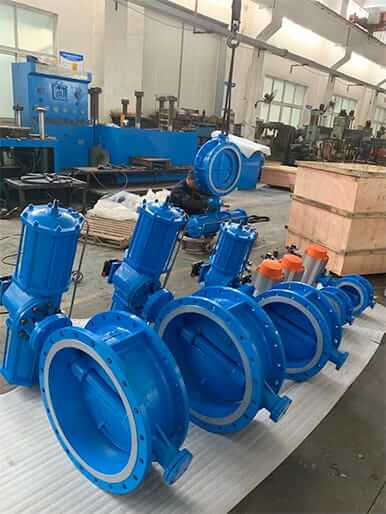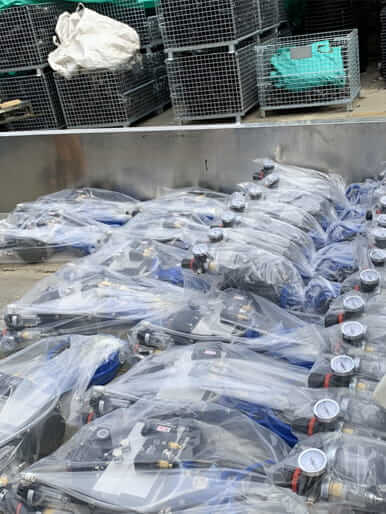Case
Home / Case / Experience / What are the common failures of pneumatic and hydraulic devices?

Case

Pneumatic valves are more commonly used, and the operation is simple and convenient, but some faults that the device is inflexible or ineffective are often encountered. How to solve this problem requires finding the corresponding reasons and solving them accordingly.
Common faults: Pneumatic and hydraulic devices are inflexible or ineffective
1. The cylinder block and cylinder head leak out due to defects such as damage and blisters, which makes the pressure in the cylinder too low;
2. The seals are aged or damaged, causing internal leakage and causing the piston to crawl.
3. The piston rod is bent or worn. Increased opening and closing force, or cause leakage
4. The gasket and packing on the device leak, and the pressure in the cylinder drops
5. Foreign objects are mixed in the cylinder, preventing the up and down movement of the piston
6. The inner wall of the cylinder is worn and the coating falls off, which increases the internal leakage and piston resistance
7. The connection between the piston rod and the piston is worn and loose, resulting in internal leakage, and the piston is easily blocked
8. Poor quality of parts and improper assembly
9. The expansion of the cylinder body or the wear and tear of the piston will affect the normal transmission
10. The spring in the normally open or normally closed cylinder relaxes and fails, causing the piston rod to fail to move, and the closing member cannot be reset
11. The pressure of the gas or liquid medium in the cylinder fluctuates greatly or the pressure is too low
12. Remote control signal failure
13. The packing is pressed too tightly, hold the valve stem
14. The closing piece is stuck in the valve body


1. The cylinder block and cylinder head should be tested for pressure before the official use, and used after passing the test.
2. Seals should be checked and replaced regularly
3. Like other parts before installation, the piston rod needs to be carefully inspected and inspected regularly
4. The gaskets and packings are selected and installed correctly, and the gaskets and packings are replaced regularly
5. Before the gas or liquid medium enters the cylinder, it should pass through the filter device. Regularly clean the cylinder block and other parts
6. The quality of the cylinder block should meet the design requirements, and regular maintenance
7. The connection should be firm, and there should be anti-loosening parts, which should be checked regularly
8. The processing quality of the parts meets the design requirements and needs to be inspected before assembly. Correct assembly, cylinder, piston, piston rod, valve packing should be on one axis
9. Regular maintenance and replacement
10. Regular maintenance and replacement
11. The pressure of the introduced medium should meet the technical requirements, pay attention to the smooth operation of the medium source
12. The pneumatic or hydraulic signal indicating system should be intact and consistent with the actual action state. Pay attention to regular adjustment and maintenance
13. The filling is moderately tight
14. The wedge gate valve should not be closed too tightly, at least once every half month.